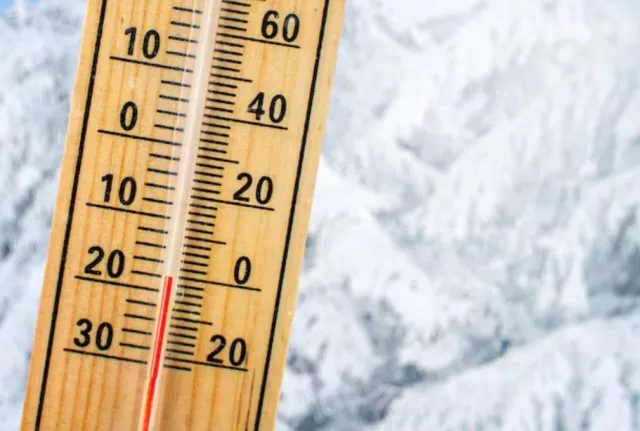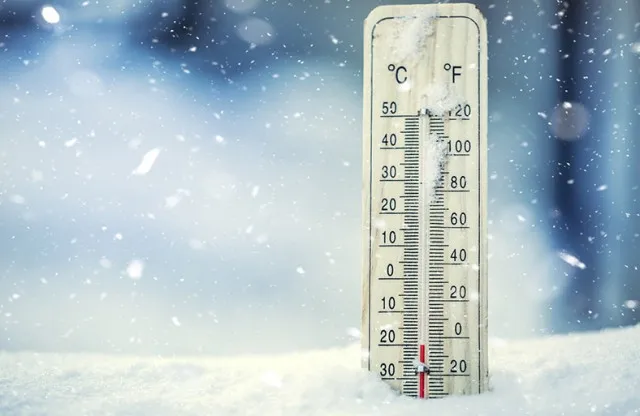The Atlantic Ocean is cooling at an unprecedented rate, and scientists are unsure of the cause.
A perplexing phenomenon is unfolding in the Atlantic Ocean, with its surface temperatures cooling at an unprecedented rate. This defies usual seasonal patterns and leaves scientists searching for answers.
This sudden drop is especially surprising given the recent trend of record-breaking global temperatures.
Unusual temperature trends
In recent months, the Atlantic Ocean’s surface temperatures have plummeted significantly.

Normally, this time of year sees rising temperatures due to both human-induced climate change and a complex weather pattern known as El Niño.
Scientists, El Niño, characterized by unusually warm ocean surfaces, has been influencing global climate patterns.
It has also been setting new heat records in the Atlantic since March 2023
However, data from the National Oceanic and Atmospheric Administration (NOAA) shows a cooling trend in the Atlantic’s sea surface temperatures since May.
The temperatures are now a degree or two Fahrenheit lower than the average for this season.
This cooling trend contrasts with the recent heat records set by El Niño.
Potential causes

This rapid cooling is unexpected, especially since the Atlantic was experiencing record heat due to a particularly strong El Niño.
Typically, El Niño events result in warmer ocean temperatures, while La Niña, its counterpart, is associated with cooler conditions.
The current cooling trend suggests a possible premature transition to La Niña, which is generally anticipated to begin in September.
Both El Niño and La Niña are influenced by complex factors such as trade winds, solar heating, and rainfall patterns.
These complexities make their predictions and impacts challenging.
The abrupt shift in the Atlantic’s temperature has left experts puzzled, with no clear explanation emerging so far.

Frans Philip Tuchen, a postdoctoral student at the University of Miami, remarked to New Scientist, “We’ve gone through the list of possible mechanisms, and nothing checks the box so far.”
Environmental implications
The unexpected drop in Atlantic Ocean temperatures has significant environmental implications.
NOAA warns that shifts in El Niño and La Niña patterns could affect rainfall in adjacent continents.

They may also potentially increase hurricane activity near the Cape Verde Islands.
As scientists continue to monitor the situation, the full impact of the Atlantic’s potential transition to La Niña remains uncertain.
This development could alter climate predictions and influence weather patterns for the rest of the year.
The rapid cooling of the Atlantic Ocean’s surface is an anomaly that has caught the attention of scientists and environmentalists alike.

The unexpected drop in temperatures, coupled with the potential early onset of La Niña, underscores the need for ongoing observation.
Continued research is necessary to understand the implications of these changes.
Understanding these changes is crucial for grasping their full implications on global climate patterns and weather events.